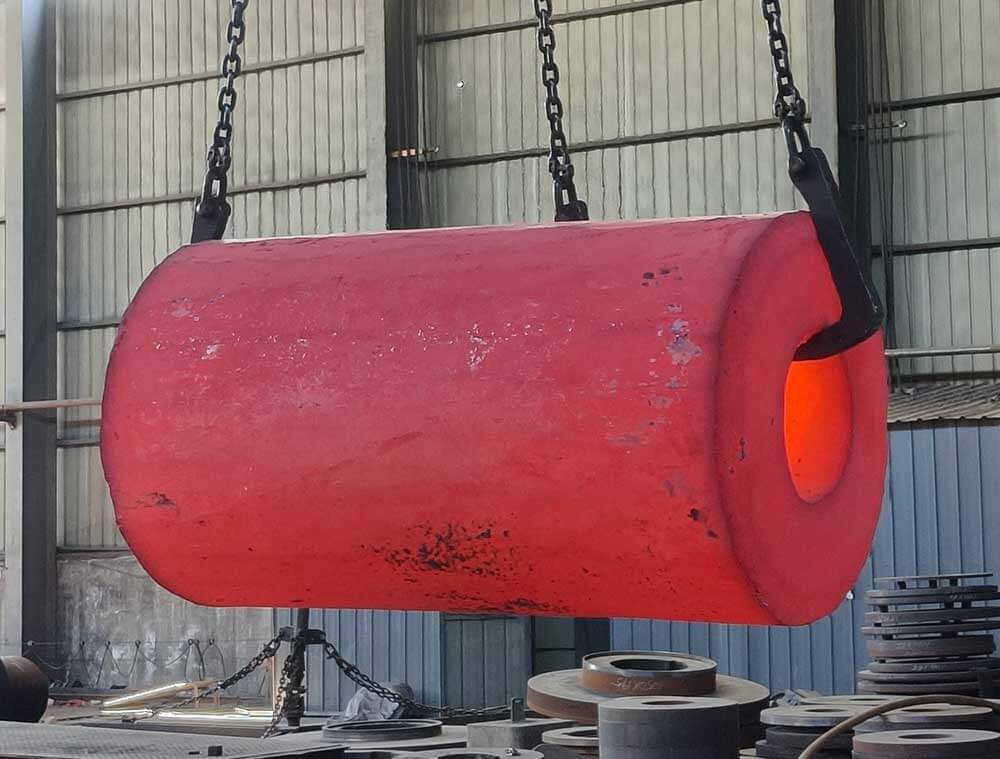Stainless Steel Common Smelting Forging Rolling Problems
Shrinkage: The shrinkage cavity formed when the liquid steel shrinks in the steel mold is called shrinkage.
Transverse cracks: Transverse cracks occurring on the surface of the ingot, generally on the ingot, generally shallow in depth, and can be removed by fine grinding.
Longitudinal cracks: These are longitudinal cracks produced on the surface of the ingot, usually in the upper part of the ingot and in the corners, while the cracks in the upper part are very deep and difficult to be eliminated by grinding.
Scarring: the surface of the ingot, shell skin or tumor-like metal splash adhesion is called scarring, scarring appears in the lower part of the ingot.
Heavy skin: at the edge of the low-power test piece, showing an irregular dark sparseness when it is surrounded by a large number of oxides gathered inclusions, (mainly ferrous oxide) which is called flipping compound.
Surface inclusions: non-minus inclusions that are visible to the naked eye on the surface of the ingot.
Surface porosity: refers to the exposure of the surface of the ingot visible to the naked eye small holes, mostly in the lower part of the ingot, generally not deep, can be removed by finishing.
Frying: Cracking produced when the surface of the ingot is extremely cold, often mixed with a loud crack, so it is called cracking.
White point: white point is actually a kind of fine crack, in just transverse low times specimen was radioactive irregular sawtooth crack, in the longitudinal low times specimen is a round or elliptical star of the silver bright spot, and thus called white point. (The main cause is the cause of hydrogen) Stainless steel common smelting, forging, rolling problems
Forging and forging are a kind of forging process, each has its own advantages and disadvantages, the choice of which method depends mainly on the processing requirements and material properties. In practice, it is often necessary to choose the appropriate process method or a combination of processing according to the specific circumstances, in order to achieve better results.
 Shanxi Huan Guan Heavy Industry Large Flange Manufacturer
Shanxi Huan Guan Heavy Industry Large Flange Manufacturer






Hello!sign in